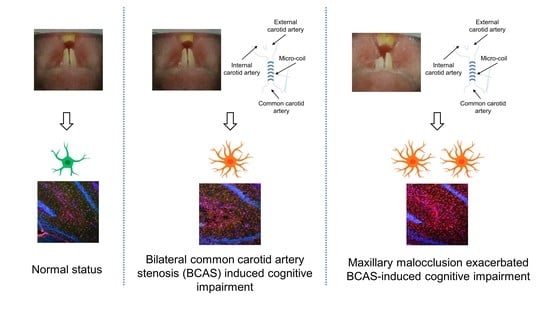Tooth-Cutting-Induced Maxillary Malocclusion Exacerbates Cognitive Deficit in a Mouse Model of Vascular Dementia
Abstract
:1. Introduction
2. Materials and Methods
2.1. Animals
2.2. Reagents
2.3. Preparation of the VD Mouse Model
2.4. Induction of Maxillary Malocclusion
2.5. Measurement of Body Weight and Physiological Parameters
2.6. Test for Voluntary Alternating Behaviour
2.7. Novel Object Recognition Test (NORT) Evaluation
2.8. Sacrifice and Cardiac Perfusion for Brain Harvesting
2.9. Cryosectioning of Mouse Brains
2.10. Immunofluorescence (IF) Staining
2.11. RNA Sequencing Analysis
2.12. Statistical Analysis
3. Results
3.1. Effects of BCAS and TEX Operation on Body Weight Changes and Physiological Parameters in Mice
3.2. Behavioural Changes in the Y-Maze and NORT
3.3. Effects of BCAS and TEX on Astrocyte Activation in the Hippocampal Region
3.4. RNA Sequencing and PPI Network Analysis
4. Discussion
Supplementary Materials
Author Contributions
Funding
Institutional Review Board Statement
Informed Consent Statement
Data Availability Statement
Conflicts of Interest
References
- Chang, C.L.; Wang, D.H.; Yang, M.C.; Hsu, W.E.; Hsu, M.L. Functional disorders of the temporomandibular joints: Internal derangement of the temporomandibular joint. Kaohsiung J. Med. Sci. 2018, 34, 223–230. [Google Scholar] [CrossRef] [PubMed]
- Nitzan, D.W.; Kreiner, B.; Zeltser, R. TMJ lubrication system: Its effect on the joint function, dysfunction, and treatment approach. Compend. Contin. Educ. Dent. 2004, 25, 437–444. [Google Scholar] [PubMed]
- Armijo-Olivo, S.; Pitance, L.; Singh, V.; Neto, F.; Thie, N.; Michelotti, A. Effectiveness of manual therapy and therapeutic exercise for temporomandibular disorders: Systematic review and meta-analysis. Phys. Ther. 2016, 96, 9–25. [Google Scholar] [CrossRef] [PubMed]
- Khayat, N.; Winocur, E.; Perelman, A.E.; Friedman-Rubin, P.; Gafni, Y.; Shpack, N. The prevalence of posterior crossbite, deep bite, and sleep or awake bruxism in temporomandibular disorder (TMD) patients compared to a non-TMD population: A retrospective study. Cranio 2021, 39, 398–404. [Google Scholar] [CrossRef]
- Fernández-de-las-Penas, C.; Svensson, P. Myofascial temporomandibular disorder. Curr. Rheumatol. Rev. 2016, 12, 40–54. [Google Scholar] [CrossRef]
- Valesan, L.F.; Da-Cas, C.D.; Réus, J.C.; Denardin, A.C.S.; Garanhani, R.R.; Bonotto, D.; Januzzi, E.; de Souza, B.D.M. Prevalence of temporomandibular joint disorders: A systematic review and meta-analysis. Clin. Oral Investig. 2021, 25, 441–453. [Google Scholar] [CrossRef]
- Urbani, G.; Cozendey-Silva, E.N.; Jesus, L.F.d. Temporomandibular joint dysfunction syndrome and police work stress: An integrative review. Cien. Saude. Colet. 2019, 24, 1753–1765. [Google Scholar] [CrossRef]
- Gonçalves, D.A.G.; Camparis, C.M.; Franco, A.L.; Fernandes, G.; Speciali, J.G.; Bigal, M.E. How to investigate and treat: Migraine in patients with temporomandibular disorders. Curr. Pain Headache Rep. 2012, 16, 359–364. [Google Scholar] [CrossRef]
- Abouelhuda, A.M.; Kim, H.S.; Kim, S.Y.; Kim, Y.K. Association between headache and temporomandibular disorder. J. Korean Assoc. Oral Maxillofac. Surg. 2017, 43, 363–367. [Google Scholar] [CrossRef]
- Arvanitakis, Z.; Shah, R.C.; Bennett, D.A. Diagnosis and management of dementia: Review. JAMA 2019, 322, 1589–1599. [Google Scholar] [CrossRef]
- Kawano, Y.; Terada, S.; Takenoshita, S.; Hayashi, S.; Oshima, Y.; Miki, T.; Yokota, O.; Yamada, N. Patient affect and caregiver burden in dementia. Psychogeriatrics 2020, 20, 189–195. [Google Scholar] [CrossRef] [PubMed]
- Dammann, J.; Klepzig, K.; Schenkenberger, E.; Kordass, B.; Lotze, M. Association of decrease in insula fMRI activation with changes in trait anxiety in patients with craniomandibular disorder (CMD). Behav. Brain Res. 2020, 379, 112327. [Google Scholar] [CrossRef] [PubMed]
- Miyamoto, I.; Yoshida, K.; Tsuboi, Y.; Iizuka, T. Rehabilitation with dental prosthesis can increase cerebral regional blood volume. Clin. Oral Implants Res. 2005, 16, 723–727. [Google Scholar] [CrossRef] [PubMed]
- Ohkubo, C.; Morokuma, M.; Yoneyama, Y.; Matsuda, R.; Lee, J.S. Interactions between occlusion and human brain function activities. J. Oral Rehabil. 2013, 40, 119–129. [Google Scholar] [CrossRef]
- Ono, Y.; Yamamoto, T.; Kubo, K.Y.; Onozuka, M. Occlusion and brain function: Mastication as a prevention of cognitive dysfunction. J. Oral Rehabil. 2010, 37, 624–640. [Google Scholar] [CrossRef]
- Silva Ulloa, S.; Cordero Ordóñez, A.L.; Barzallo Sardi, V.E. Relationship between dental occlusion and brain activity: A narrative review. Saudi Dent. J. 2022, 34, 538–543. [Google Scholar] [CrossRef]
- Zhou, Y.; Xu, M.; Yadav, S. Temporomandibular joint aging and potential therapies. Aging 2021, 13, 17955–17956. [Google Scholar] [CrossRef]
- Tahamtan, M.; Allahtavakoli, M.; Abbasnejad, M.; Roohbakhsh, A.; Taghipour, Z.; Taghavi, M.; Khodadadi, H.; Shamsizadeh, A. Exercise preconditioning improves behavioral functions following transient cerebral ischemia induced by 4-vessel occlusion (4-VO) in rats. Arch. Iran. Med. 2013, 16, 697–704. [Google Scholar]
- Denninger, J.K.; Smith, B.M.; Kirby, E.D. Novel object recognition and object location behavioral testing in mice on a budget. J. Vis. Exp. 2018, 141, e58593. [Google Scholar] [CrossRef]
- Guo, Z.; Su, Y.; Lou, H. GFAP-positive progenitor cell production is concentrated in specific encephalic regions in young adult mice. Neurosci. Bull. 2018, 34, 769–778. [Google Scholar] [CrossRef]
- Muñoz-Manco, J.I.; Gutiérrez-Vargas, J.A.; Cardona-Gómez, G.P. Neurogenesis and gliogenesis modulation in cerebral ischemia by CDK5 RNAi-based therapy. Biomedica 2018, 38, 388–397. [Google Scholar] [CrossRef] [PubMed]
- Wang, Y.Y.; Niu, R.Z.; Wang, J.D.; Jin, Y.; Wang, T.H.; Liu, F. Establishment of brain ischemia model in tree shrew. Brain Res. 2019, 1718, 194–200. [Google Scholar] [CrossRef] [PubMed]
- Venkat, P.; Chopp, M.; Chen, J. Models and mechanisms of vascular dementia. Exp. Neurol. 2015, 272, 97–108. [Google Scholar] [CrossRef] [PubMed]
- Jorm, A.F.; Jolley, D. The incidence of dementia: A meta-analysis. Neurology 1998, 51, 728–733. [Google Scholar] [CrossRef] [PubMed]
- Kalaria, R.N.; Maestre, G.E.; Arizaga, R.; Friedland, R.P.; Galasko, D.; Hall, K.; Luchsinger, J.A.; Ogunniyi, A.; Perry, E.K.; Potocnik, F.; et al. Alzheimer’s disease and vascular dementia in developing countries: Prevalence, management, and risk factors. Lancet Neurol. 2008, 7, 812–826. [Google Scholar] [CrossRef]
- Stebbins, G.T.; Nyenhuis, D.L.; Wang, C.; Cox, J.L.; Freels, S.; Bangen, K.; deToledo-Morrell, L.; Sripathirathan, K.; Moseley, M.; Turner, D.A.; et al. Gray matter atrophy in patients with ischemic stroke with cognitive impairment. Stroke 2008, 39, 785–793. [Google Scholar] [CrossRef]
- Wolters, F.J.; Ikram, M.A. Epidemiology of Vascular Dementia. Arterioscler. Thromb. Vasc. Biol. 2019, 39, 1542–1549. [Google Scholar] [CrossRef]
- Lisko, I.; Kulmala, J.; Annetorp, M.; Ngandu, T.; Mangialasche, F.; Kivipelto, M. How can dementia and disability be prevented in older adults: Where are we today and where are we going? J. Intern. Med. 2021, 289, 807–830. [Google Scholar] [CrossRef]
- Rauch, A.; Angrik, C.; Zenthöfer, A.; Weber, S.; Hahnel, S.; Nitschke, I.; Schierz, O. Prevalence of temporomandibular disorders in seniors-Symptom-related analyses in younger and older seniors. Z. Gerontol. Geriatr. 2022, 55, 482–488. [Google Scholar] [CrossRef]
- Zhou, Y.; Al-Naggar, I.M.A.; Chen, P.J.; Gasek, N.S.; Wang, K.; Mehta, S.; Kuchel, G.A.; Yadav, S.; Xu, M. Senolytics alleviate the degenerative disorders of temporomandibular joint in old age. Aging Cell 2021, 20, e13394. [Google Scholar] [CrossRef]
- Nascimento, G.C.; De Paula, B.B.; Gerlach, R.F.; Leite-Panissi, C.R.A. Temporomandibular inflammation regulates the matrix metalloproteinases MMP-2 and MMP-9 in limbic structures. J. Cell. Physiol. 2021, 236, 6571–6580. [Google Scholar] [CrossRef] [PubMed]
- Soderfeldt, B.; Halling, A.; Americans, A. Cerezen device provides treatment for temporomandibular joint disorders day and night. Br. Dent. J. 2016, 220, 666. [Google Scholar]
- Hirayama, Y.; Ikeda-Matsuo, Y.; Notomi, S.; Enaida, H.; Kinouchi, H.; Koizumi, S. Astrocyte-mediated ischemic tolerance. J. Neurosci. 2015, 35, 3794–3805. [Google Scholar] [CrossRef] [PubMed]
- Yao, X.; Derugin, N.; Manley, G.T.; Verkman, A.S. Reduced brain edema and infarct volume in aquaporin-4 deficient mice after transient focal cerebral ischemia. Neurosci. Lett. 2015, 584, 368–372. [Google Scholar] [CrossRef] [PubMed]
- Clark, R.K.; Lee, E.V.; White, R.F.; Jonak, Z.L.; Feuerstein, G.Z.; Barone, F.C. Reperfusion following focal stroke hastens inflammation and resolution of ischemic injured tissue. Brain Res. Bull. 1994, 35, 387–392. [Google Scholar] [CrossRef] [PubMed]
- Zhou, Y.; Zhang, H.; Yao, Y.; Zhang, X.; Guan, Y.; Zheng, F. CD4+ T cell activation and inflammation in NASH-related fibrosis. Front. Immunol. 2022, 13, 967410. [Google Scholar] [CrossRef] [PubMed]

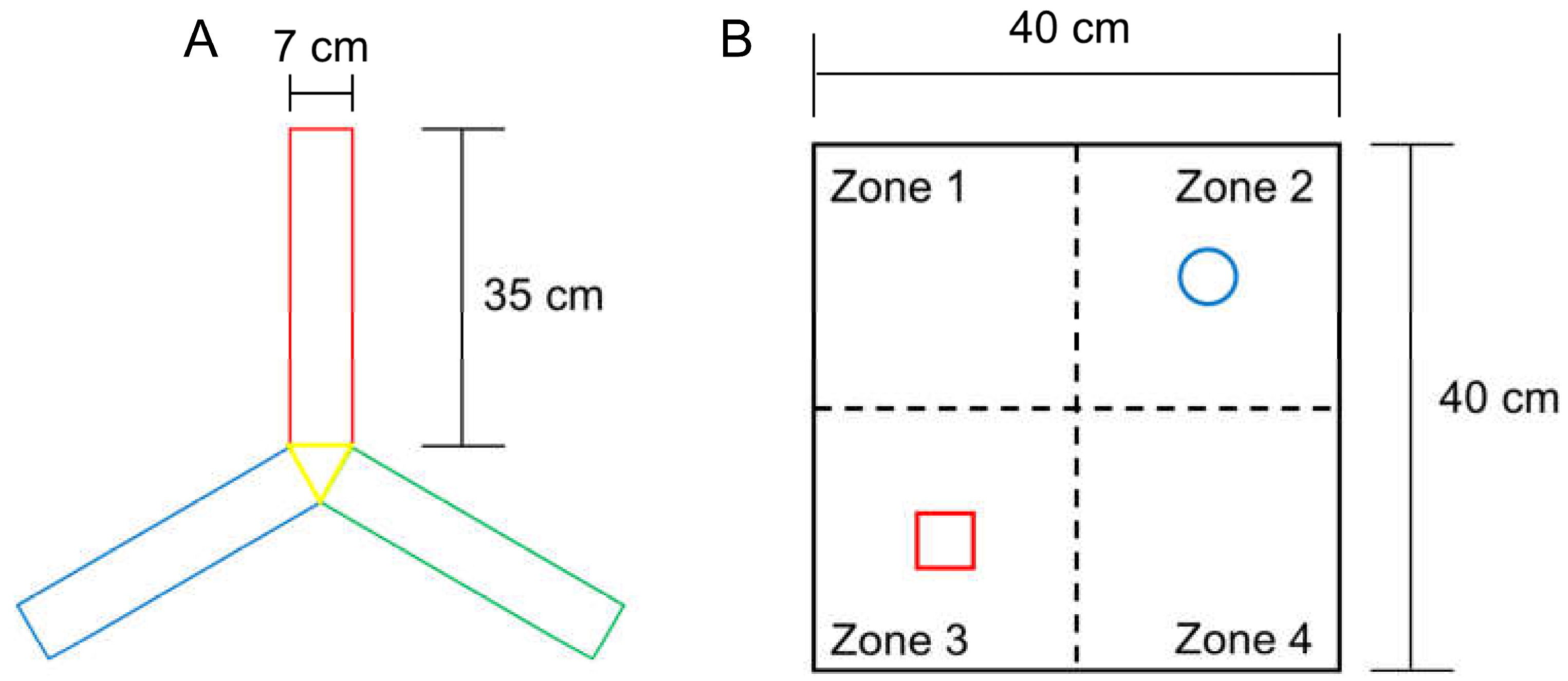
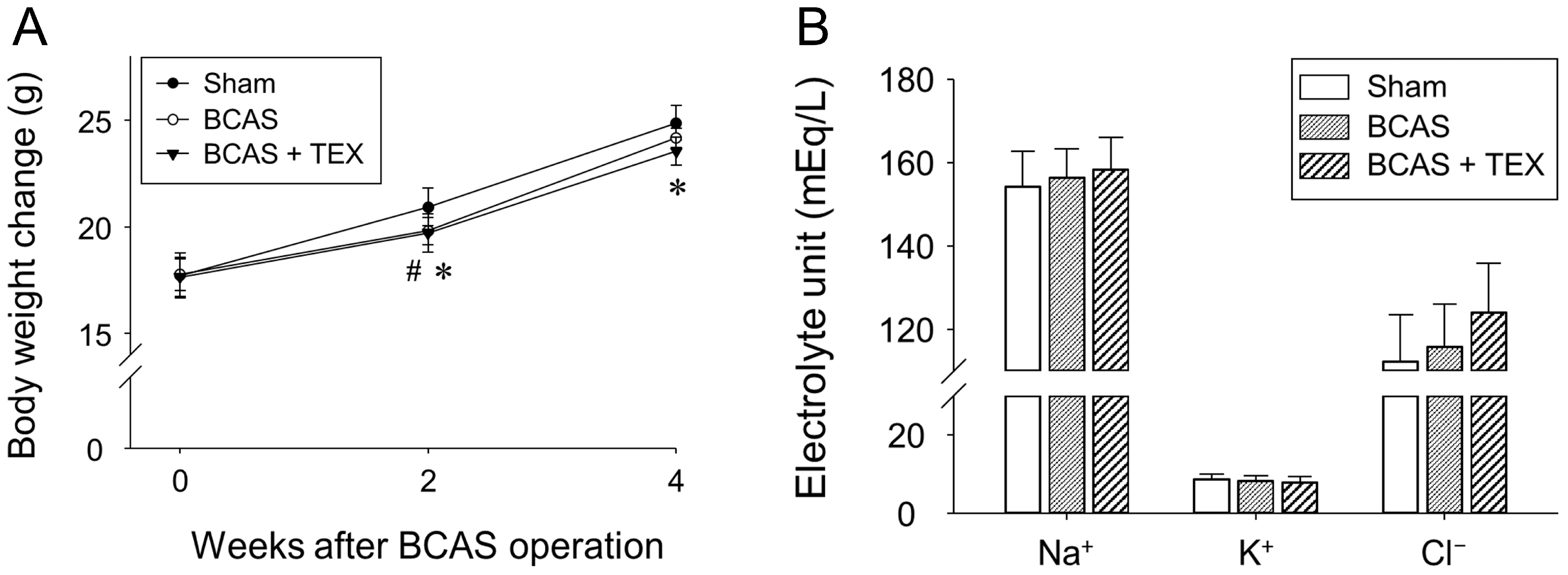
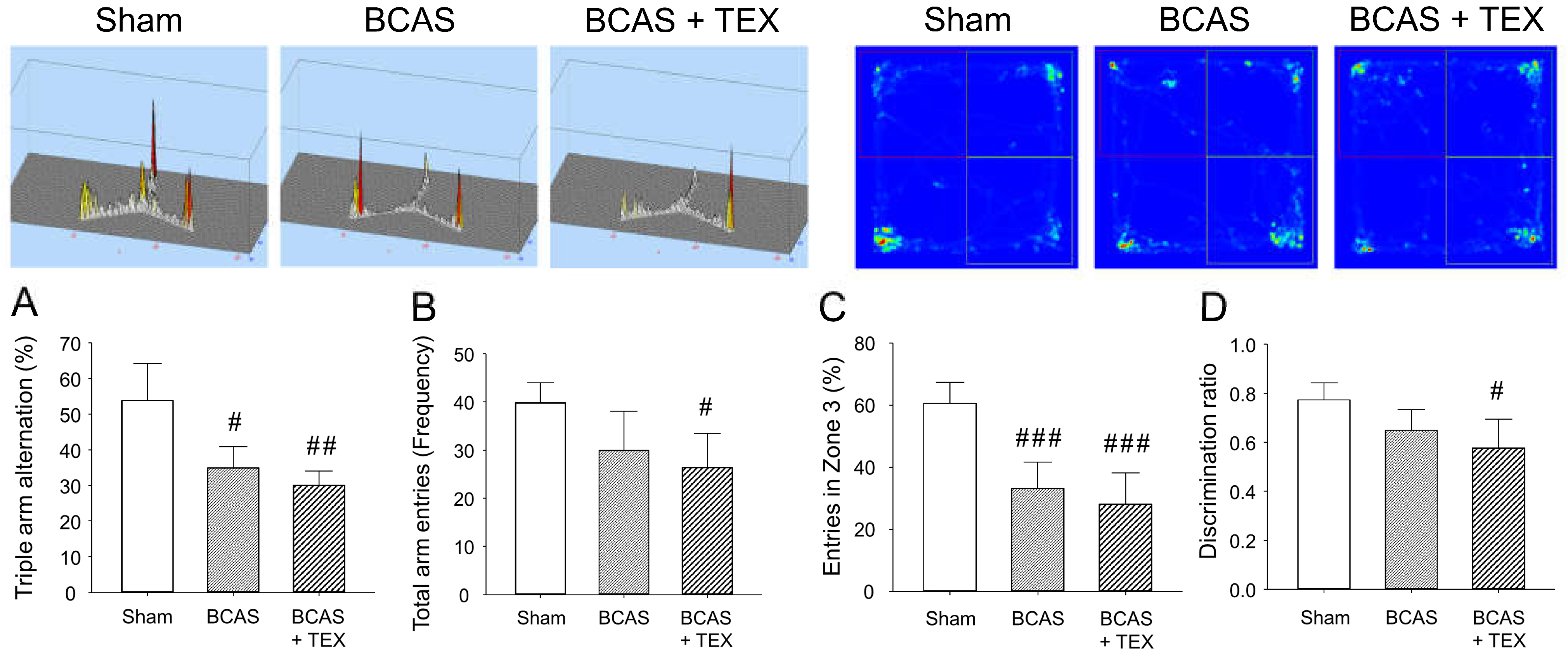
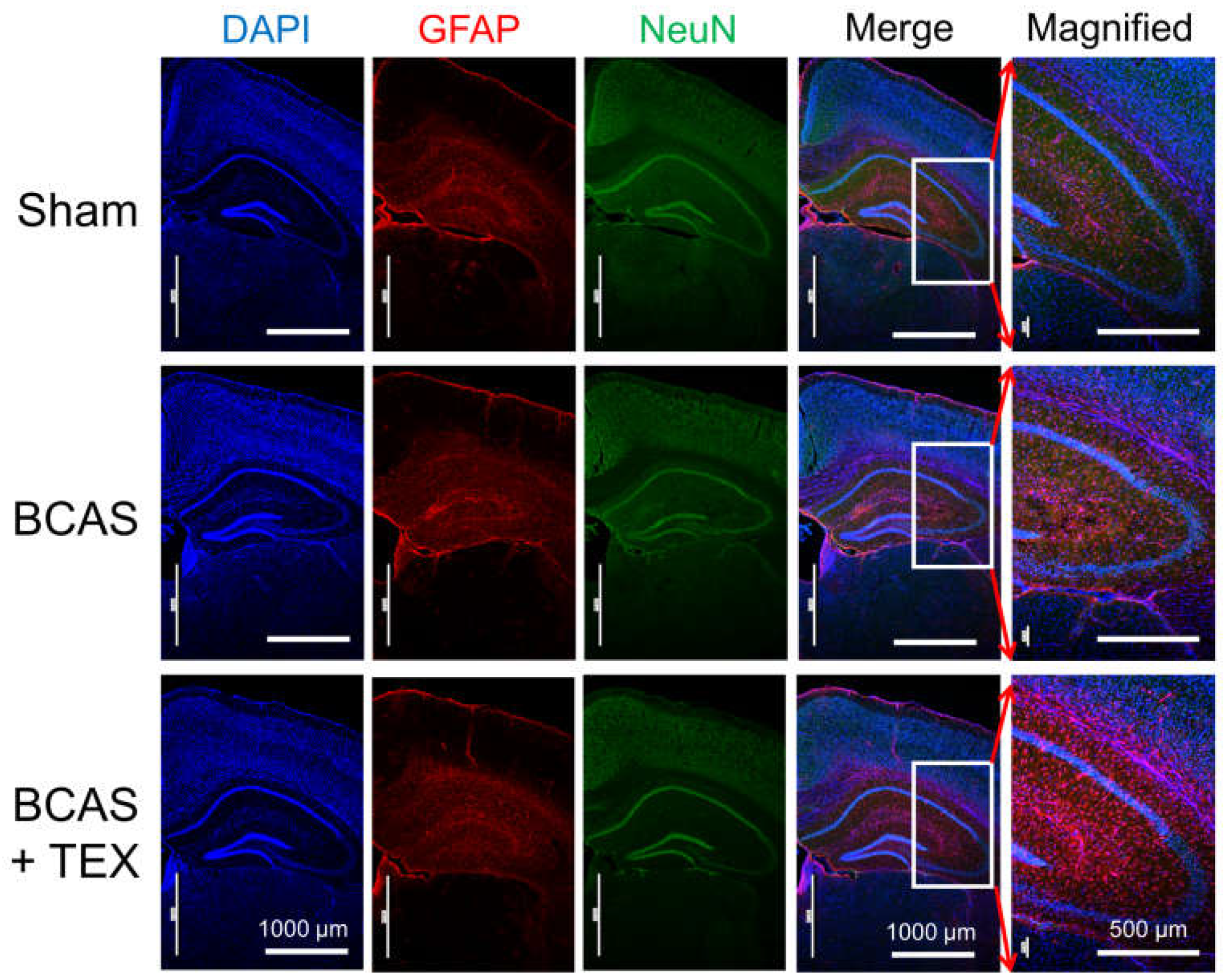
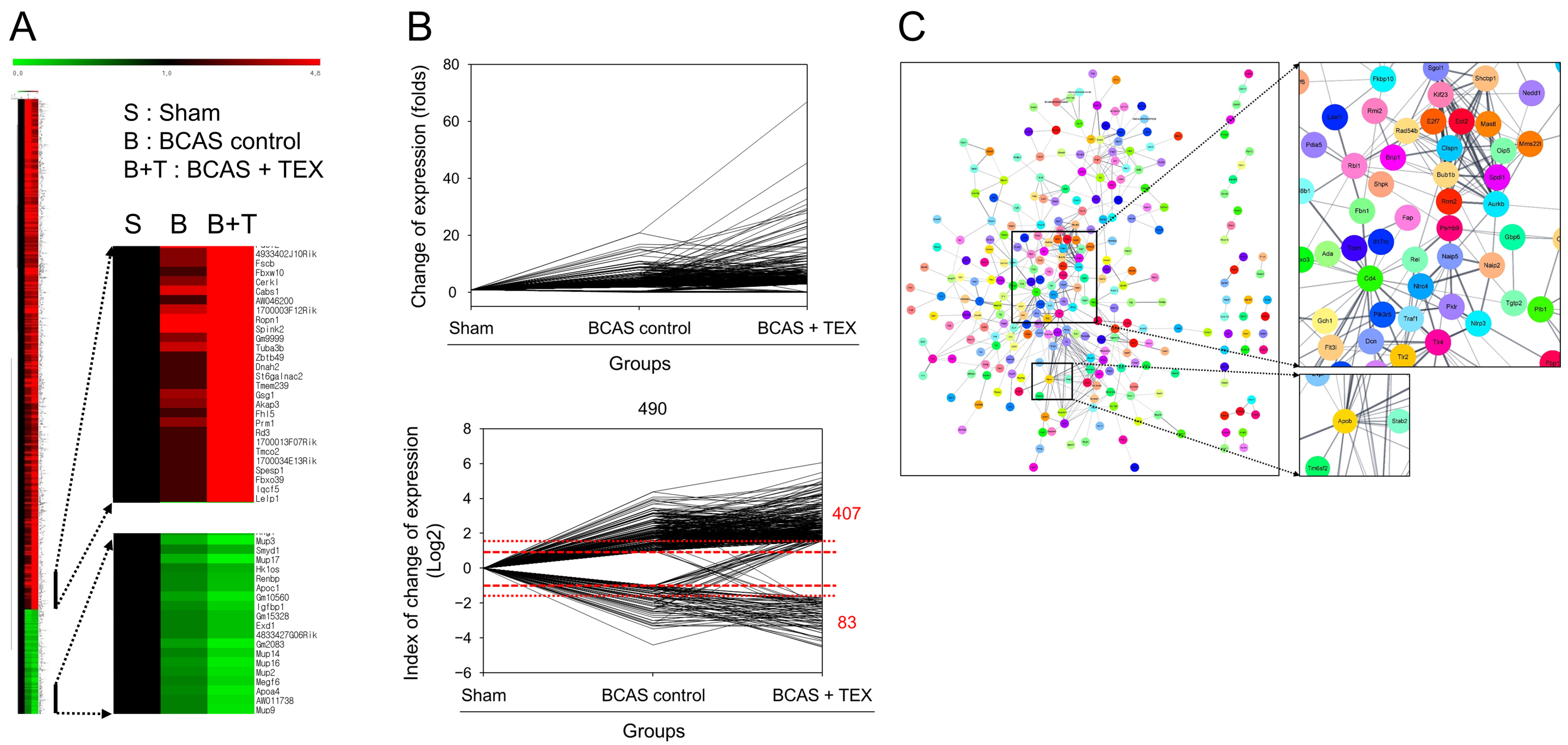
Disclaimer/Publisher’s Note: The statements, opinions and data contained in all publications are solely those of the individual author(s) and contributor(s) and not of MDPI and/or the editor(s). MDPI and/or the editor(s) disclaim responsibility for any injury to people or property resulting from any ideas, methods, instructions or products referred to in the content. |
© 2023 by the authors. Licensee MDPI, Basel, Switzerland. This article is an open access article distributed under the terms and conditions of the Creative Commons Attribution (CC BY) license (https://creativecommons.org/licenses/by/4.0/).
Share and Cite
Lee, Y.-J.; Lim, C.; Lim, S.; Cho, S. Tooth-Cutting-Induced Maxillary Malocclusion Exacerbates Cognitive Deficit in a Mouse Model of Vascular Dementia. Brain Sci. 2023, 13, 781. https://doi.org/10.3390/brainsci13050781
Lee Y-J, Lim C, Lim S, Cho S. Tooth-Cutting-Induced Maxillary Malocclusion Exacerbates Cognitive Deficit in a Mouse Model of Vascular Dementia. Brain Sciences. 2023; 13(5):781. https://doi.org/10.3390/brainsci13050781
Chicago/Turabian StyleLee, Young-Jun, Chiyeon Lim, Sehyun Lim, and Suin Cho. 2023. "Tooth-Cutting-Induced Maxillary Malocclusion Exacerbates Cognitive Deficit in a Mouse Model of Vascular Dementia" Brain Sciences 13, no. 5: 781. https://doi.org/10.3390/brainsci13050781
APA StyleLee, Y.-J., Lim, C., Lim, S., & Cho, S. (2023). Tooth-Cutting-Induced Maxillary Malocclusion Exacerbates Cognitive Deficit in a Mouse Model of Vascular Dementia. Brain Sciences, 13(5), 781. https://doi.org/10.3390/brainsci13050781






